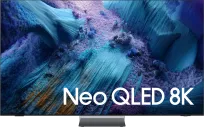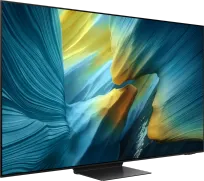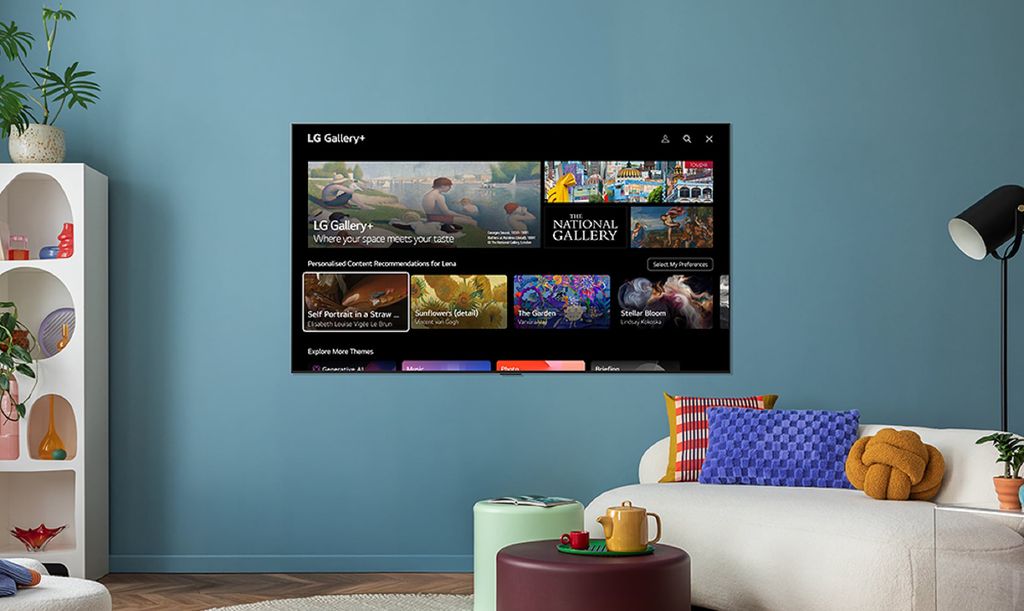
It is now official – Japanese scientists have created an optical fibre that achieves a transmission speed of over 125,000 GB per second, which is approximately 1.25 million gigabits per second. This is four million times faster than the average internet connection in the USA. By comparison – it would allow downloading the entire contents of the Internet Archive… in less than four minutes.
The achievement was presented during the 48th edition of the Optical Fiber Communication Conference in San Francisco. The technology is backed by the Japanese National Institute of Information and Communications Technology (NICT).
1800 kilometres of fibre optic. And no losses
It's not just the speed that impresses here. Scientists transmitted data over a distance of 1802 kilometres – roughly the same distance as from Warsaw to Barcelona. Moreover, they did this using a cable with a thickness of 0.127 mm, which is the same as most regular fibre optics. The difference? Inside, there are as many as 19 transmission cores instead of just one.
The new fibres have identical optical properties, which means that light behaves in them the same way – this helps to minimise interference and reduce data losses over long distances.
Previous record? Surpassed more than twice
For context: the previous speed record belonged to another team and was 50,250 Gbps. The new achievement of Japanese researchers surpasses it more than twice, and with a significantly greater range.
To achieve such a result, data had to be amplified and transmitted through the entire system 21 times before reaching the final receiver. This is a huge step forward in the context of future fibre optic networks – especially those that will handle international or intercontinental traffic.
What next? New infrastructure and practical implementations
According to NICT, the global demand for data will grow exponentially. Record-breaking fibre optics could be the answer to this problem, as it is compatible with existing infrastructure and simultaneously many times more efficient.
What is the next step? To check how the technology performs outside of the laboratory. If field tests confirm its effectiveness, then perhaps in a few years today's fibre connections will look like modems from the 90s.
 Katarzyna Petru
Katarzyna Petru













